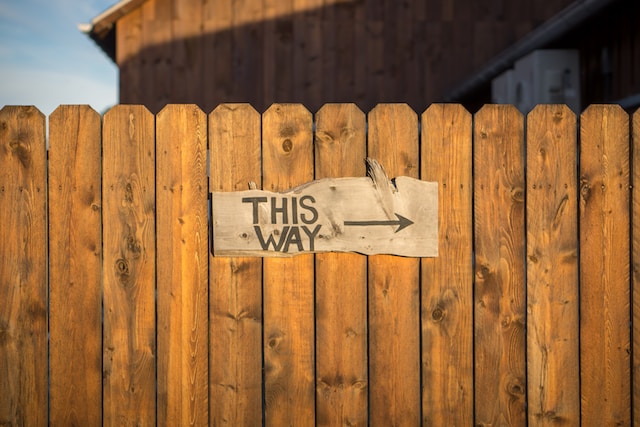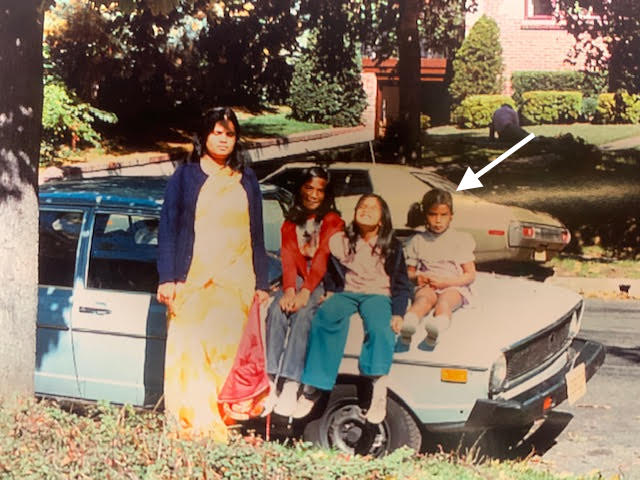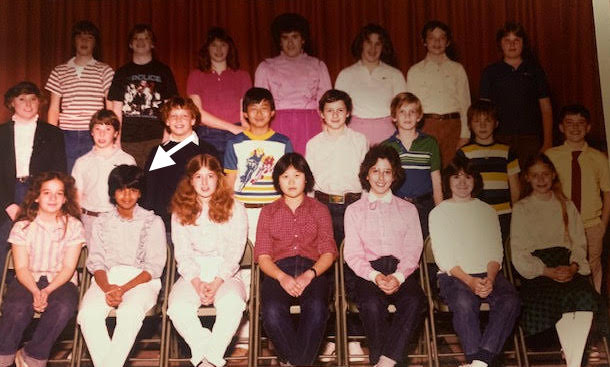Understand Your Power

Understand your power and influence.
Photo by Kelly Sikkema on Unsplash
Teachers, coaches, and leaders understand your power and influence so that you can build the skills within your students, clients, and direct reports. In the first part of my teaching career, I did not truly understand or appreciate the power and influence I had over my students. Statements and comments I made to my students were taken as the honest truth and solid facts. Sure, I had to make things fun and engaging to keep their interest but what I said mattered and counted. My students were influenced by my words by the simple fact that I was their teacher. I held the most power in the room. It was up to me to set the tone for the classroom, help students feel safe and welcomed, and build a sense of belonging. When those basic needs were disrupted, I was the person with the power and ability to respond and make changes to bring our community back to safety and belonging.











